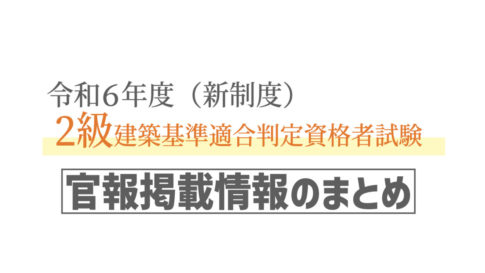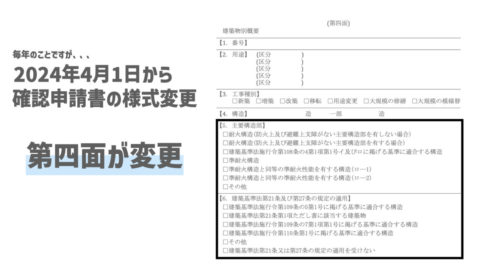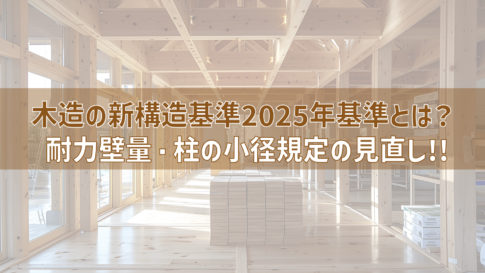I’d like to write about the correlation between “population density in densely populated areas” and “the number of COVID-19 cases per 100,000 people.
Hi there. I’m Yamaken (@yama_architect), a lover of architecture and cities.
This time, I wrote an article about something that has been on my mind lately.
I think we all have the image that the larger the population of a city, the higher the number of new coronavirus infections. However, the question “Is this true? This is the beginning of my question. This is because I think density is more important than population size.
That’s why I want everyone to imagine it, too.
A high population density in a city means that there are more people in a given area. Therefore, there should be more opportunities for people to come into contact with each other than in cities with lower density, right? And as a result, the number of infected people increases, so I’m wondering if it correlates with population density…
This is a confirmation of that fact.
Correlation between population density and the number of infected people
There are three ways to check the population density.
The first is the population density of an administrative area, the population density of an urbanized area, which is part of Japan’s urban planning, and the population density of a concentrated area (DID), which is used as a statistical indicator.
For this reason, we use the population density within a population center.
>>What is the definition of a densely inhabited district in Japan?
In Japan, a high population densely inhabited district area means that the urban area is developed and the land is highly utilized.
In other words, a high population density should correlate with the number of infected people, because that means more people coming and going, and therefore more opportunities for contact.
Therefore, I researched the population density (DID) and the number of new coronavirus infections in core cities with relatively large populations.

The horizontal axis (X-axis) is the number of new coronavirus infections per 100,000 people, so the higher the value of the horizontal axis, the greater the number of infections. The larger the value of the horizontal axis, the larger the number of infected people. On the other hand, the vertical axis (Y axis) is the “population density,” and the larger the value, the more developed the urban area is.
There’s a correlation…
Hachinohe and Iwaki cities have low population densities, so the number of infected people is also low. Also, in these cities, the percentage of private cars used in daily life is high, so the percentage of people using private cars as a means of transportation should be around 70-80%. Therefore, it is assumed that many people travel by private car and have few opportunities to come in contact with other people.
Therefore, if the population density in urban areas is high, the number of people infected with the new coronavirus will also increase. However, high population density in urban areas is not necessarily a bad thing. If anything, the economic benefits are greater.
In Japan, there are many places in cities with low population density that are inconvenient for daily life. This has led to the formation of streets that are generally difficult to live in and live by foot. In other words, we are overly dependent on automobiles.
To put it another way, if the population density is low, you need to own your own car to survive…
On the other hand, a high population density is highly beneficial to the economy because it allows for efficient economic activity and is correlated with wages.
So, personally, I don’t think we can simply say that it is bad because it correlates with the number of infected people.





